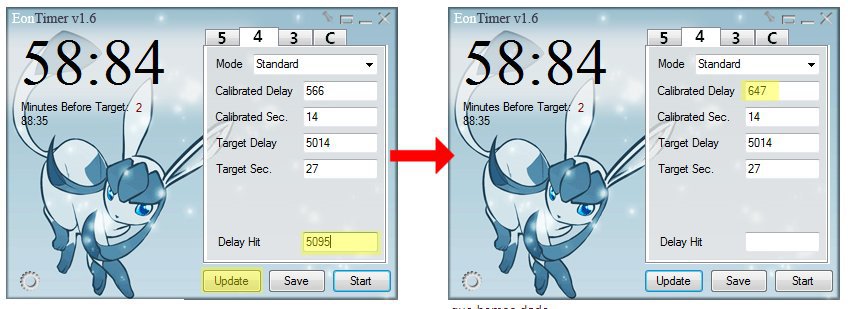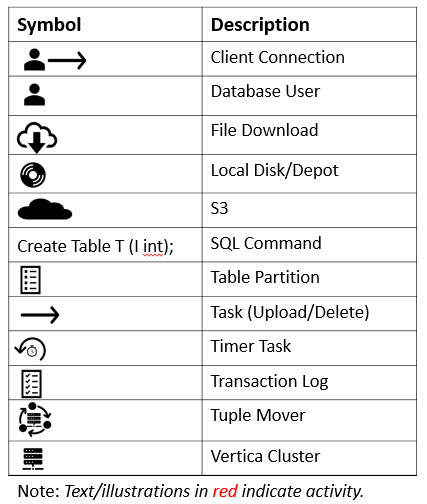

#EON TIMER LINUX UPDATE#
Update November 2020: Microsoft’s tools for measuring and investigating the timer interrupt frequency (clockres and powercfg) are insufficient and clunky. This should reduce both the power and CPU wastage concerns, although it does not completely eliminate them. Update October 2020: Microsoft has updated the Windows Kernel (Windows 10 and above) so that if one process raises the timer interrupt frequency it has less effect on other processes. Update June 2015: UIforETW, my handy tool for recording ETW traces for performance analysis, now records the current timer frequency to the traces, in addition to the batch file for extremely detailed recording and analysis of timer frequency changes. Update March 2015: Chrome now avoids raising the timer frequency unnecessarily, and as of summer 2020 Chrome will not raise the timer frequency above 125 Hz when on battery power, making it a non-issue for battery life. The last comment from Google says that Chrome doesn’t always raise the timer resolution, and besides, other programs also raise it. Google has locked the Chrome bug to further editing. This article was updated July 13, 2013, based on feedback from readers.

So how come almost every time I notice that my timer frequency has been raised it’s been done by a Microsoft program (or Chrome), that is not doing anything to justify requesting a high-frequency timer? They also waste more compute power than I would ever have expected – they make your computer run slower! Because of these problems Microsoft has been telling developers to not increase the timer frequency for years. When programs increase the timer frequency they increase power consumption and harm battery life. The default timer resolution on Windows is 15.6 ms – a timer interrupt 64 times a second.


 0 kommentar(er)
0 kommentar(er)
